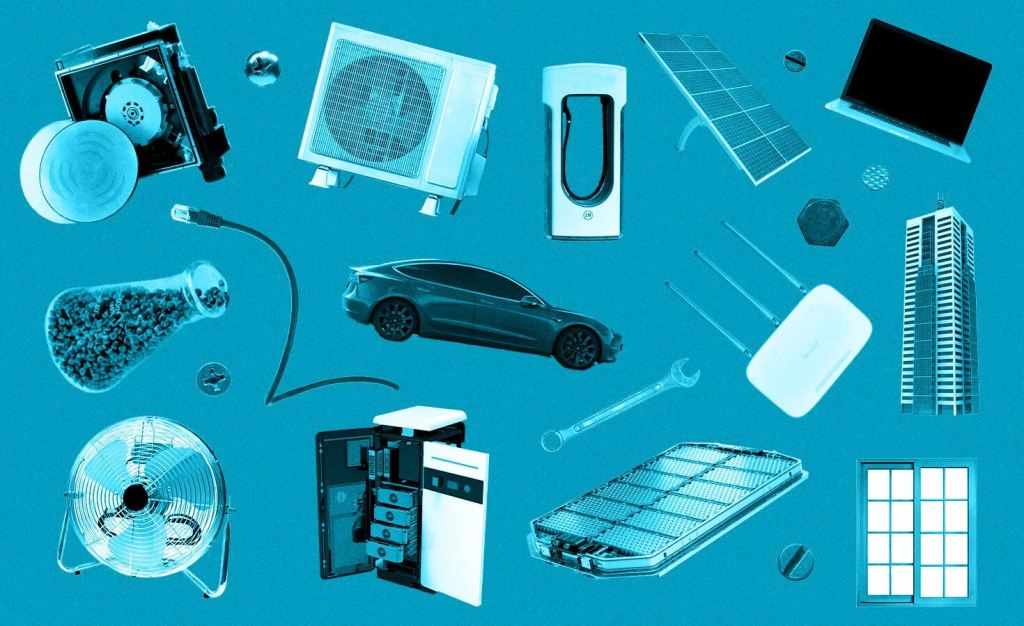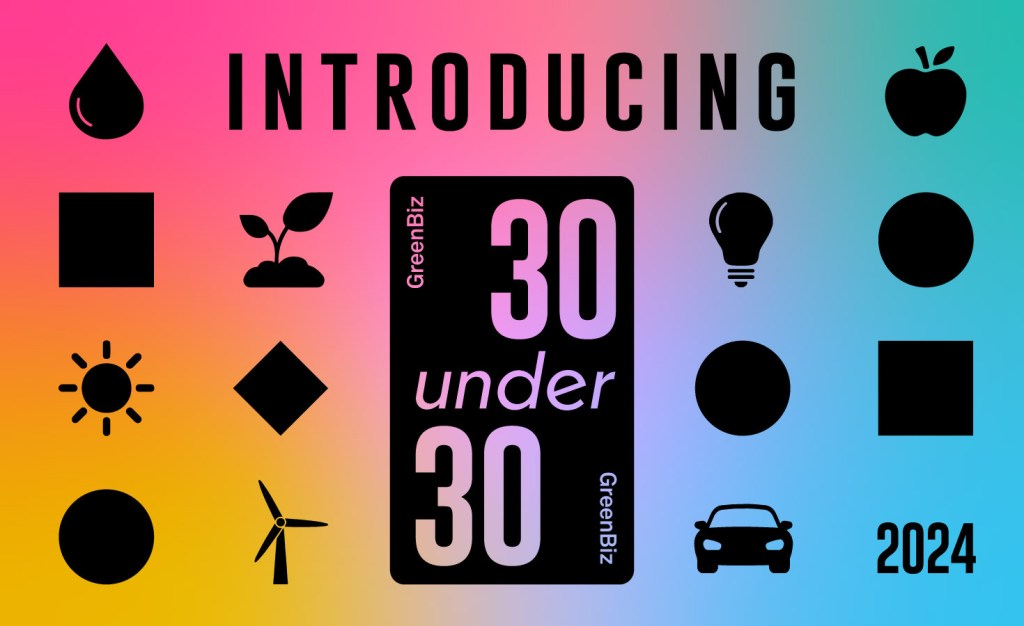How one of the world’s oldest technologies is helping decarbonize maritime shipping
Use of wind power on cargo ships through sails is growing exponentially as governments and trade organizations push for increasingly tough emissions targets Read More

When the nearly 50,000 tonne Maersk Tacoma leaves its next scheduled session in dry dock, the tanker will emerge with some striking new equipment on deck: four 85-foot-tall sails, which the tanker’s owners say will produce a “double-digit” reduction in the vessel’s fuel consumption.
Wind power tends to gets less attention than other methods for decarbonizing maritime shipping, an industry responsible for around 3 percent of annual greenhouse gas emissions. Alternative maritime fuels such as ammonia and hydrogen, which can dramatically reduce shipping emissions if produced using clean energy, are expected to deliver most of the industry’s push to net zero. But substantial infrastructure investments are required to generate, store and use these fuels. By contrast, sails — a technology that dates back thousands of years — offer a relatively cheap and proven option that can be deployed today.
To be clear, these are not the sails you might imagine on boats, or the great clipper ships of the past. The Tacoma will be fitted with rigid suction sails, towering fin-shaped devices that rotate autonomously with the wind to maximize the propulsive force they generate. The company plans to deploy the technology on the Tacoma and four other tankers during 2025 and 2026, said Lars Sprogoe Bentzen, a spokesperson for Maersk Tankers. The sails, which will be used alongside traditional propulsion generated from the fuel-based engines, are manufactured by Barcelona-based bound4blue.
Double-digit savings
Maersk’s Bentzen declined to share the cost of the sails or detailed predictions for the fuel savings, but studies suggest that a 10–15 percent reduction in fuel is realistic, said Felix Klann, maritime transport policy officer at Transport and Environment, a Brussels-based think tank.
That number could rise as the technology improves and the industry learns to make the most of it. One recent study found that emissions could be cut by 30 percent by modifying routes to capture more wind power. Savings would rise to 60 percent if the speed of vessels is also reduced, the same study found.
Advocates for the technology are even more bullish. “We’ve got designs on the table that will take it above 100 percent,” said Gavin Allwright, secretary of International Windship Association. “So you’re actually harvesting more energy from the wind than you can use.” The excess energy could be used to generate hydrogen, which would be offloaded when the vessel next docked.
Those scenarios remain hypothetical, but the growth of wind power is real. Allwright estimates that just over 50 large vessels have had sails installed, a number he expects to double annually over the next few years.
Regulation is driving growth
This growth is driven primarily by regulation and industry-level targets rather than customer pressure, said Allwright and others. Maritime shipping is already covered by the European Union’s Emissions Trading Scheme. As of next month, ships calling at EU ports will also be subject to the FuelEU Maritime Regulation, which requires gradual decreases in the greenhouse gas intensity of shipping fuels, culminating in an 80 percent reduction by 2050. At a global level, the most recent targets from the International Maritime Organization call for a 20-30 percent reduction in shipping emissions by 2030 and a 70-80 percent reduction by 2040.
A portfolio of technologies will be needed to achieve these goals, but hitting them using alternative fuels alone will be “nearly impossible,” according to a Transport and Environment report published earlier this year. A better option, argued the organization, would be to pursue the fuels in parallel with efficiency gains, such as maintaining and designing hulls with efficiency in mind, and “deploying wind technologies en masse.”
The portfolio approach is roughly what’s happening at Maersk Tankers, which was spun out from the much larger shipping company A.P. Moller-Maersk in 2017. In addition to installing sails on five of the 240 vessels the company owns and operates, Bentzen said the company is deploying around 20 emissions-reduction technologies, from new hull coatings to electric boilers, LED lighting, route optimization and ammonia-powered ships. “That’s the good thing about these regulations,” he added — the changes drive costs, but also stimulate investment in solutions.
What’s less clear, said Klann, is the extent to which wind technology can overcome barriers to adoption. He estimates that the technology will spread at best to 15 percent of tankers — such as the Maersk Tacoma — and bulk carriers, vessels used to transport unpackaged cargo, such as grain and cement. Finding deck space on container ships is more challenging. Even on tankers and bulk carriers, where installation is easier, operators may struggle to find the right sail manufacturer in what’s still a relatively small group of suppliers, or to identify a dock that can fit the sails.
[Discover innovative solutions to advance your decarbonization goals at GreenBiz 25, February 10-12, Phoenix, AZ.]













